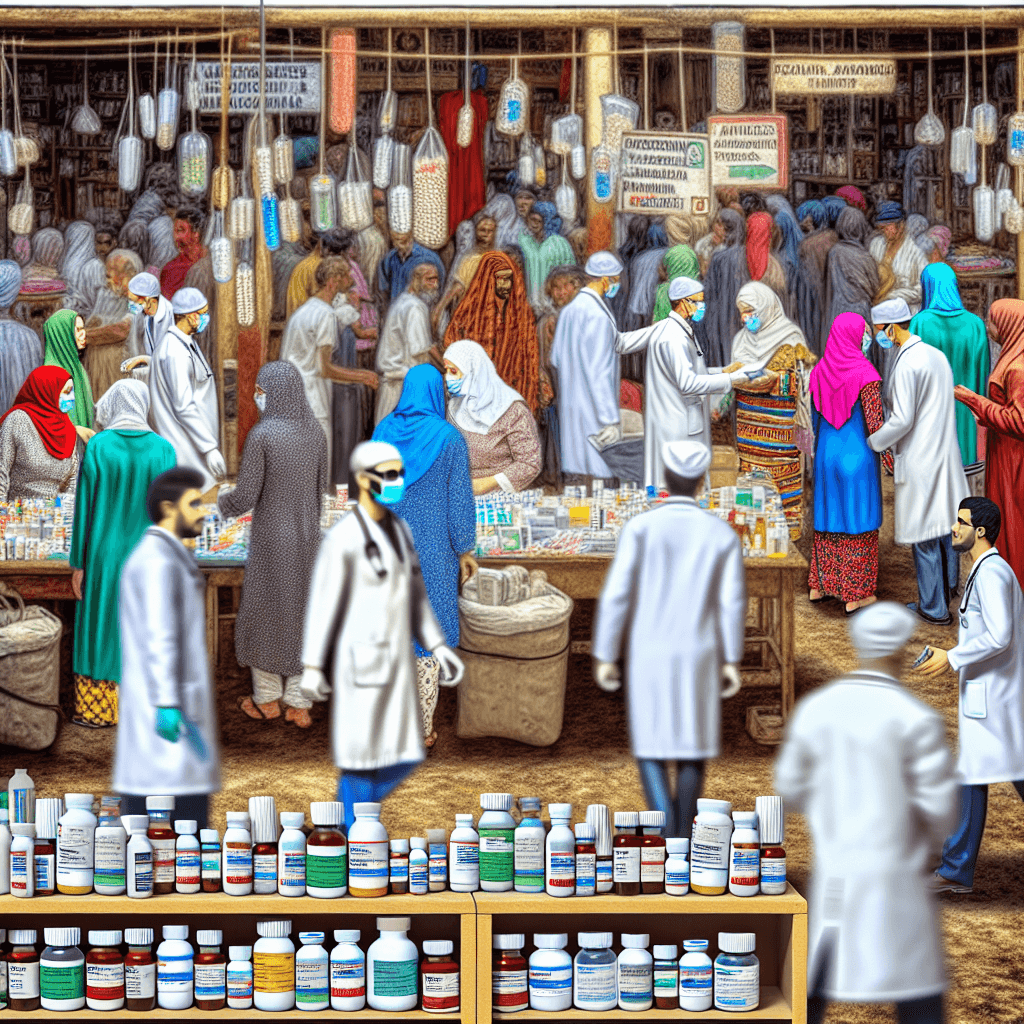Explore the latest trends and treatments in the Healthcare Associated Infections Treatment Market.
Healthcare Associated Infections Treatment Market

Table of Contents
Exploring the Healthcare Associated Infections Treatment Market

The healthcare sector continuously faces numerous challenges, one of which is the management and treatment of healthcare-associated infections (HAIs). These infections occur in patients during the course of receiving treatment for other conditions within a healthcare setting. The treatment market for HAIs is a critical area of focus due to its impact on patient outcomes and healthcare costs. This article delves into the dynamics of the healthcare associated infections treatment market, exploring its drivers, challenges, and the latest advancements in treatment strategies.
Understanding Healthcare Associated Infections (HAIs)
Healthcare-associated infections, also known as nosocomial infections, are infections that patients acquire during their stay in hospitals or other healthcare facilities. These infections can occur up to 48 hours after hospital admission, up to 3 days after discharge, or up to 30 days after an operation. Common types of HAIs include:
- Central line-associated bloodstream infections (CLABSI)
- Catheter-associated urinary tract infections (CAUTI)
- Surgical site infections (SSI)
- Ventilator-associated pneumonia (VAP)
- Clostridium difficile infections (CDI)
These infections not only lead to severe health complications but also contribute significantly to increased healthcare costs and mortality rates.
Market Overview
The global market for healthcare associated infections treatment has witnessed substantial growth over the past decade. This growth is driven by several factors including:
- Increasing prevalence of HAIs
- Rising focus on infection control and prevention
- Advancements in antimicrobial therapies
- Government and non-governmental funding for HAI research
According to a report by Grand View Research, the global HAIs treatment market size was valued at several billion dollars and is expected to grow at a compound annual growth rate (CAGR) of over 7% from 2021 to 2028.
Challenges in HAI Treatment
Despite the advancements in healthcare practices, the treatment of HAIs presents numerous challenges:
- Antibiotic Resistance: The rise of antibiotic-resistant bacteria has made it increasingly difficult to treat common infections.
- Diagnosis Delays: Delayed diagnosis of HAIs can lead to worsened patient outcomes and increased treatment complexity.
- Lack of Awareness: Insufficient training and awareness among healthcare providers about infection control protocols.
- Resource Limitations: Limited access to necessary resources and technologies in low to middle-income countries.
Innovations in Treatment Strategies
Addressing the challenges associated with HAIs requires innovative treatment strategies and technologies. Some of the recent advancements include:
- Phage Therapy: Using bacteriophages to target and destroy antibiotic-resistant bacteria.
- Advanced Diagnostics: Implementing rapid diagnostic tests that can quickly identify the causative agents of infections.
- Antimicrobial Stewardship Programs (ASP): Programs designed to optimize the treatment of infections and reduce adverse events associated with antibiotic use.
- Enhanced Sterilization Techniques: New technologies in sterilization processes that ensure a higher level of cleanliness and infection control in healthcare settings.
Case Studies and Examples
Several case studies highlight the effectiveness of innovative approaches in combating HAIs:
- A hospital in the United States implemented an ASP that led to a 30% reduction in the use of broad-spectrum antibiotics and a significant decrease in antibiotic resistance.
- In Europe, a new diagnostic device was introduced that reduced the diagnosis time for bacterial infections from days to just a few hours, significantly improving patient outcomes.
Future Outlook
The future of the healthcare associated infections treatment market looks promising with continuous research and technological advancements. The integration of artificial intelligence and machine learning in healthcare settings is anticipated to offer new opportunities for early detection and personalized treatment plans for HAIs.
Conclusion
The treatment market for healthcare-associated infections is a vital component of the global healthcare sector. With the rising prevalence of HAIs, the demand for effective treatment solutions is more critical than ever. By understanding the challenges and embracing the latest innovations, healthcare providers can significantly improve patient care and reduce the burden of HAIs. Continued investment in research and development, along with enhanced training and awareness programs, will be crucial for advancing this field.
In conclusion, tackling healthcare-associated infections effectively requires a multifaceted approach involving advanced technologies, skilled healthcare professionals, and robust infection control practices. As the market continues to evolve, it holds the promise of better and more efficient treatment options, ultimately leading to improved patient outcomes and reduced healthcare costs.








